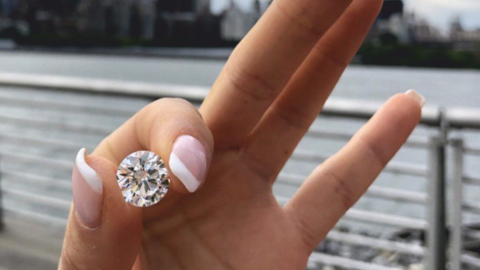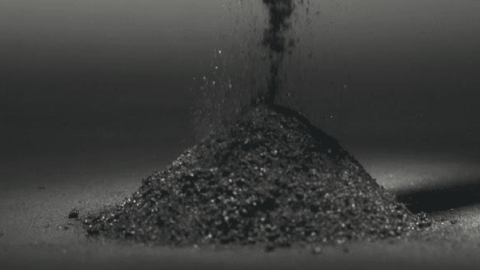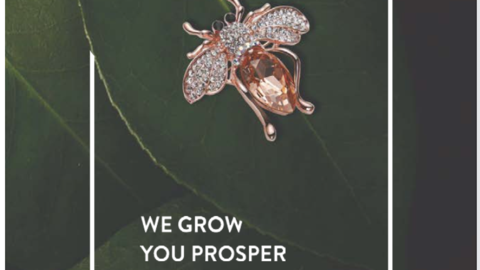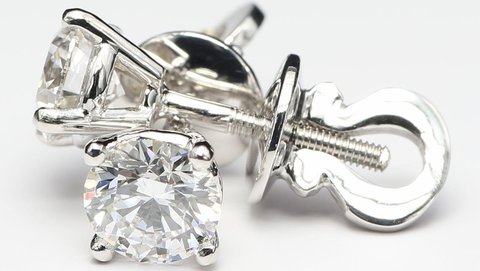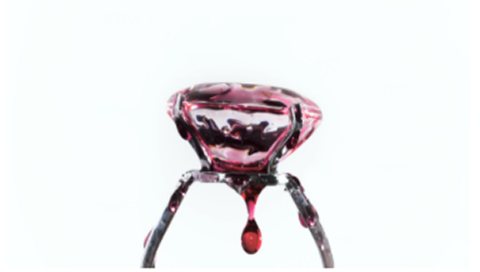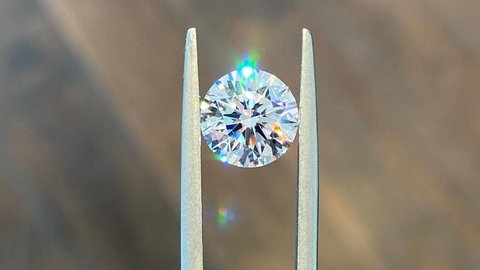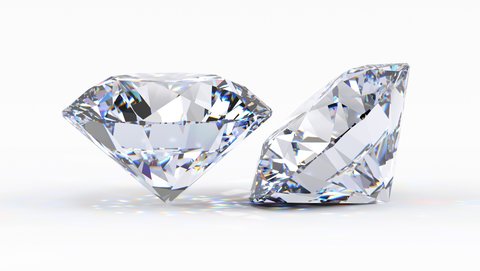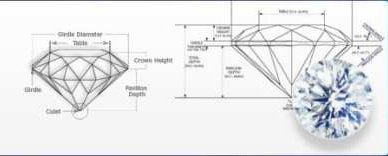Lab-Grown Diamonds Open New Types of Conversations
As the public's perception towards lab-grown diamonds are changing, and the demand is growing, they become an integral part of the jewelry news and professional discourse. Recent statements given by industry experts point out the main subjects of conversations about lab-grown diamonds.

The feud between mined diamonds and lab diamonds advocates
According to Dan Scott, the cofounder of Luxe Licensing, the resistance that some jewelry companies express towards accepting lab-grown diamonds may “undermine the business as a whole”. The core of the argument is the misconceptions on both sides of the aisle. And the best way to end such misconceptions is through education, Scott thinks. “We can’t control the consumers. We can share information with them and present options to buy, but we can’t force their hand… there will always be people who will choose natural diamonds over man-made diamonds, and vice versa”. But whether it is mined or lab-grown, it will be a diamond anyway, which is a win for the whole diamond industry, Scott states.

Lab-grown diamonds are changing the game
In a recent interview with JCK magazine, Avi Levi, the president of IGI, discusses how man-made gems drive the industry. As the technology improves, and the price is getting stabilized, the lab-grown diamonds bring the creativity and innovations back into the manufacturing process, with orders for big amounts of matching diamonds and custom cuts, such as shapes of crosses and leafs. Some companies are switching entirely to selling lab-created stones, but Levi doesn’t believe that it may damage the business of mined diamonds. “The desire and want for natural diamonds is growing”, he says. While the lab-growns attract the customers, they also help reestablish the demand for the diamonds as a whole.

New lab-grown collections
Ever since Pandora announced the Brilliance line, more and more big names started to launch their jewelry brands focused on lab diamonds. One of the most recent collections was introduced earlier this month by Kimaï, a London-based jewelry company. The main selling points of the collections are unique designs, affordable prices, and online-focused business models. While concerns have been raised about lab-grown diamonds becoming the gems for affordable fashion jewelry brands, there’s no real reason to worry that they will disappear from the high-end segment. Diamonds applied for fashion pieces are usually small and mass-produced, while there are tons of large, high-quality and unique lab gemstones on the market used specifically for custom projects and high-end jewelry.
Lab-grown diamonds aren’t going anywhere
According to Avi Levi, IGI’s business has grown from 15% to 30% in regards to lab-grown diamonds since 2019. And it will continue to grow, because lab-created stones give “another option to buy a different type of diamond jewelry”. The retailers from across the States confirm such projections with their figures, pointing out that the studs and rings with man-made gems were a big hit last year and during this Valentine’s Day. “Lab-grown diamonds sold three times over naturals in 2021… Used to be that customers didn’t even want to hear about them, now it’s their first question” says an owner of a big Ohio-based retail store.
Man-made diamonds have become a vital category of jewelry. Countless jewelry companies across the United States and the world have made their customers very happy by introducing an affordable and innovative option. We at LaBrilliante urge retailers to join their ranks and continue to grow their business along the whole industry.


